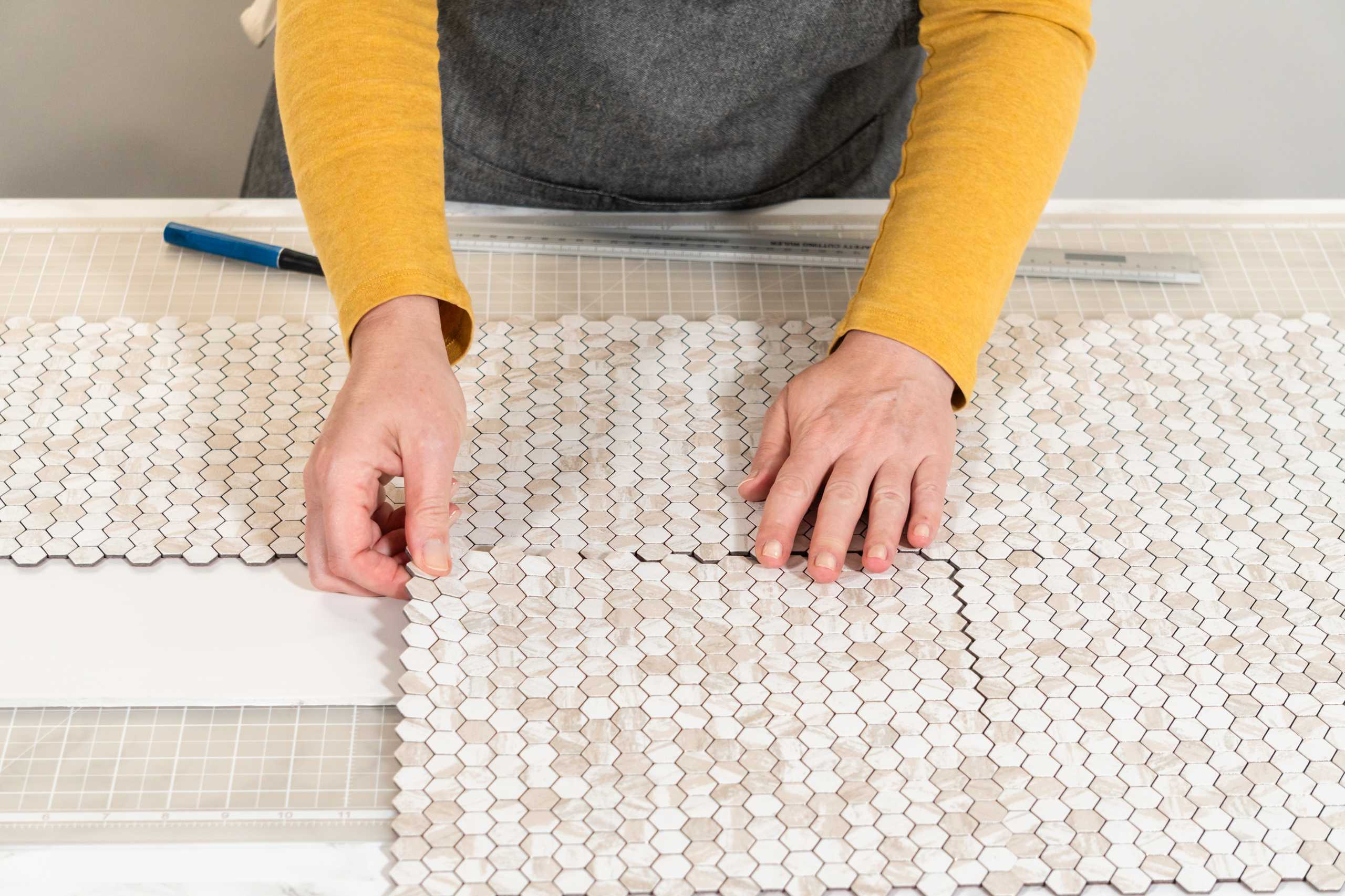The final stage of tile installation shapes the overall impression more than many clients expect. Finishing touches bring coherence, cleanliness, and refinement to the surface, transforming a set of aligned tiles into a complete, polished design. These detailed steps elevate craftsmanship from functional to exceptional.
Finishing is not merely aesthetic — it is meant to strengthen the installation, protect the material, and prolong the lifespan of the project. When executed with precision, the final result appears seamless, well-structured, and visually balanced.
Essential Elements of Quality Finishing
• Consistent grout application
• Carefully shaped corners
• Smooth transition borders
• Precision in edge detailing
Grouting is one of the most influential steps in the finishing phase. The right grout color enhances alignment and either blends with the tile or creates contrast, depending on the intended design. Even, compact grout lines increase durability, reduce moisture penetration, and contribute to the clean visual rhythm of the installation.
Corners and transitions also play a crucial role. Sharp, well-defined angles, properly sealed edges, and smooth elevation shifts create visual continuity. These details prevent structural issues and improve the long-term stability of the surface.
How Finishing Shapes the Final Appearance
The quality of finishing determines whether the installation feels cohesive or fragmented. Clean lines, proper sealing, and refined edges give the project a sense of clarity and professionalism. Even minor imperfections can disrupt the entire composition when left unaddressed.
Attention to finishing transforms tile work from a simple surface covering into an integrated element of the interior design. It highlights craftsmanship, supports functionality, and reinforces long-term performance.

